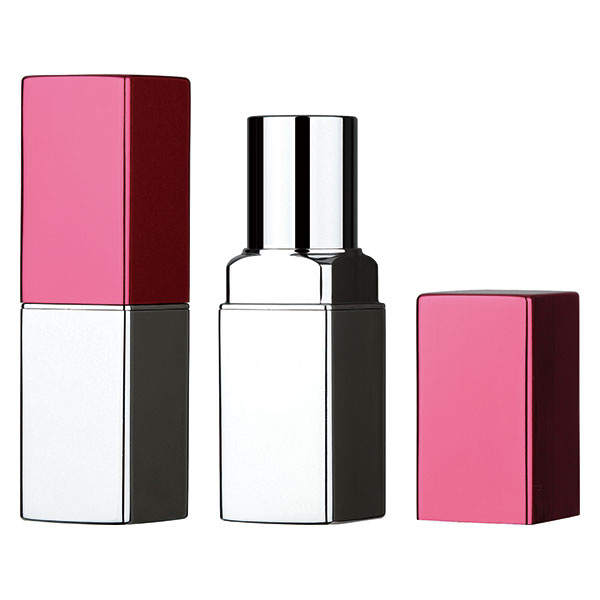When people choose cosmetics, they are often attracted […]
When people choose cosmetics, they are often attracted by product packaging. In order to improve their market competitiveness, merchants have begun to work on the surface technology of cosmetic packaging materials. Nowadays, the surface technology of cosmetic packaging materials can be described as "various". Gradient color, bright gold, matte surface, silver plating, particles, etc. These processes will make the color, appearance and feel of the cosmetic injection molding packaging material more textured and beautiful. How are these effects achieved?
The production process of cosmetic packaging materials is mainly divided into two processes: coloring and printing.
1. Coloring process
Anodized aluminum: aluminum exterior, wrapped with a layer of inner plastic.
Electroplating (UV): The effect is brighter than the spray image.
Spray: The color is matte compared to electroplating.
Inner bottle and outer spray: It is sprayed on the outside of the inner bottle. There is a clear gap between the outer bottle and the outer bottle. The spray area is small when viewed from the side.
Spraying inside the outer bottle: It is spraying on the inner side of the outer bottle, which looks larger in appearance and smaller in vertical plane, and has no gap with the inner bottle.
Brushed gold and silver: It is actually a film. If you look carefully, you can find the gaps in the bottle.
Secondary oxidation: The injection molding manufacturer conducts secondary oxidation on the original oxide layer, so that the smooth surface is covered with a matte pattern or the matte surface has a smooth pattern, which is mostly used for the production of logos.
Injection color: It is to add color powder to the raw material when the product is injection molded. The process is relatively cheap. Bead powder can also be added. Adding Taibai fen will turn the PET transparent color into an opaque color.

2. The printing process
Silkscreen: After printing, the effect has obvious concave and convex feeling, because it is a layer of ink.
The regular bottle (cylindrical type) of silk screen printing can be printed at one time, and the other irregular one is a one-time cost, and the color is also a one-time cost, which is divided into self-drying ink and UV ink.
Hot stamping: a thin layer of paper is hot stamped on it, so there is no concave and convex feeling of silk screen printing.
Hot stamping should not be done directly on PE and PP materials. It needs to be hot stamped first and then hot stamped, or good hot stamping paper can also be hot stamped directly.
Water transfer printing: It is an irregular printing process carried out in water. The printed lines are inconsistent and the price is more expensive.
Thermal transfer printing: Thermal transfer printing is mostly used for products with large quantities and complex printing. It belongs to attaching a layer of film to the surface, which is expensive.
Offset printing: It is mostly used for aluminum-plastic hoses and all-plastic hoses. If the offset printing is a colored hose, you must use silk screen printing. The offset printing will have the background color showing through. membrane.